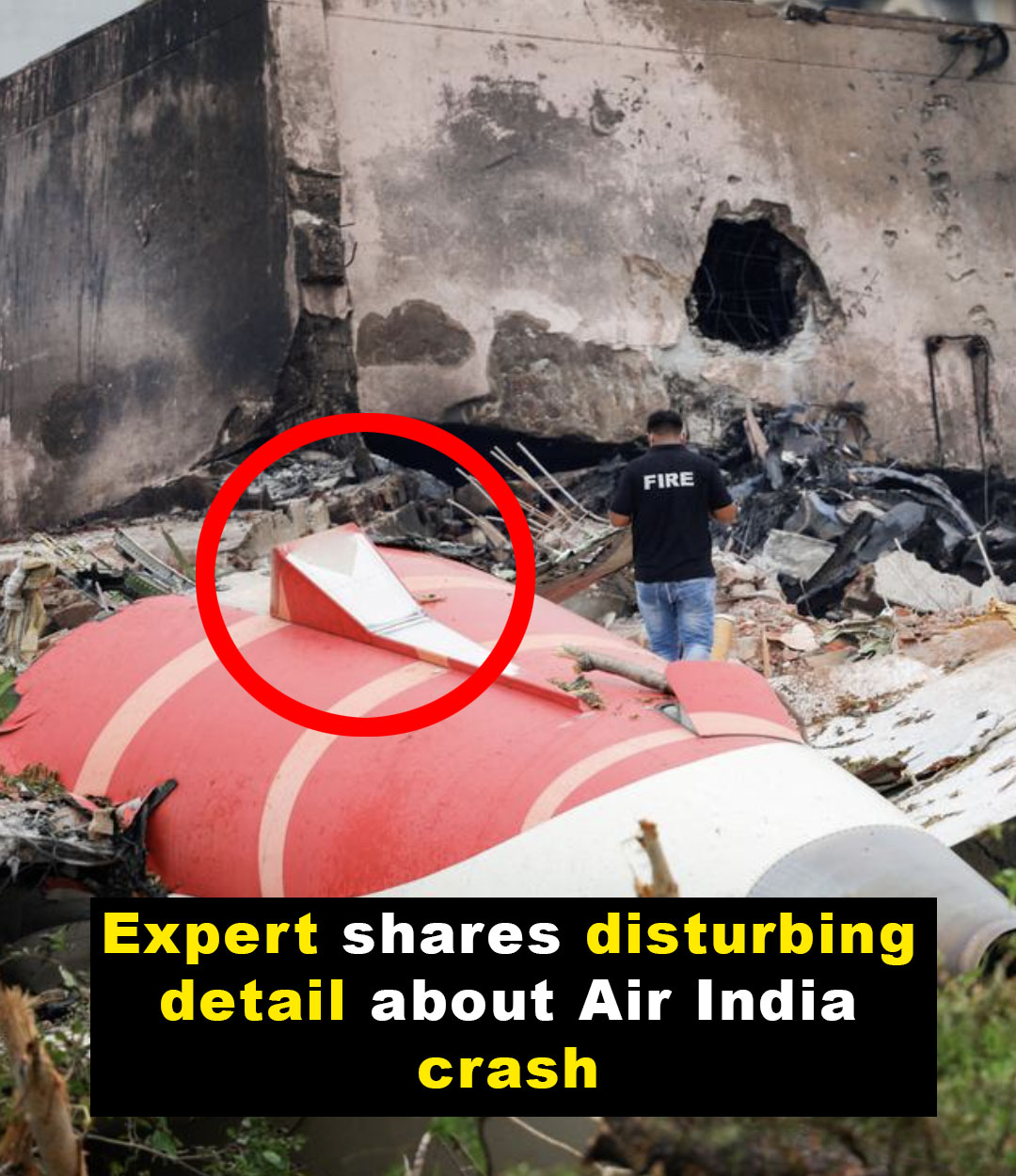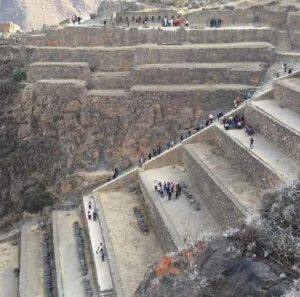The tragic crash of Air India flight A171, which took the lives of more than 260 passengers and crew, has left the world in shock. This incident occurred shortly after takeoff from Ahmedabad airport in India, with the flight heading to Gatwick. Despite ongoing investigations, experts have raised several theories regarding the cause of the crash. In this article, we will explore what might have gone wrong, including aviation experts’ insights into potential causes, and how such events can be avoided in the future.
The Crash and Its Aftermath
The ill-fated flight crashed into a residential area, causing extensive damage and claiming many lives. Only one passenger out of the 242 on board survived. In addition to the loss of life on the plane, several people on the ground also died due to the impact. The pilots issued a mayday call to air traffic control just moments after takeoff when the plane was still at a low altitude of about 190 meters. The plane had not reached a safe cruising altitude before it plummeted, causing widespread devastation.
The authorities have retrieved one of the black boxes from the wreckage, which will provide crucial information about the cause of the crash. However, experts emphasize that it is too early to jump to conclusions about what went wrong. A thorough investigation is essential to understand the true cause behind the disaster.
 Credit: X, Getty Images
Credit: X, Getty Images
Initial Theories: Loss of Thrust and Aircraft Stall
One of the first theories suggested by experts is that the aircraft suffered a significant loss of thrust shortly after takeoff. Dr. Sonya Brown, a senior lecturer in aerospace design, pointed out that the plane’s descent after the initial climb and its subsequent stall could indicate a failure in thrust. Thrust is essential for maintaining speed, and without it, the aircraft could lose lift, causing it to stall. This theory aligns with radar data suggesting the plane was losing speed before it crashed.
In the footage of the crash, the Boeing 787-8 Dreamliner appeared to climb away from the runway, only to descend again and disappear behind trees. The aircraft then burst into flames. Experts believe that such a loss of thrust could have been caused by multiple factors, but the exact reason remains unclear.
Takeoff and Landing: The Most Dangerous Phases of Flight
Aviation safety experts have also raised concerns about the timing of the crash. Prof. John McDermid, a safety expert, emphasized that takeoff and landing are the most dangerous phases of flight. This is when most accidents occur, while cruising is generally considered to be safer. It is highly unusual for an aircraft to crash so soon after takeoff, especially when the plane had not even reached 200 meters in altitude. McDermid noted that the crash likely occurred suddenly, either during the final part of the takeoff roll or immediately after takeoff, and the pilots may not have had enough time to react.
Prof. McDermid further dismissed the idea that the plane was overweight or carrying too much fuel, pointing out that the aircraft’s weight would not have been a factor in this case. The timing of the crash and the rapid descent of the plane suggest that something went wrong suddenly, and it was too severe to be managed in time.
Weather Conditions: Not a Contributing Factor
Another area that experts have ruled out as a potential cause is weather conditions. Prof. Paul Williams, an atmospheric scientist, stated that the weather at the time of the crash was good, with clear visibility and light winds. There were no indications of turbulence or adverse weather conditions that could have contributed to the crash. This reinforces the theory that the cause was mechanical or related to the aircraft’s performance rather than external factors.
The First Major Accident for the Boeing 787
The crash of Air India flight A171 is the first major accident involving the Boeing 787 Dreamliner, a state-of-the-art aircraft. Prof. Graham Braithwaite, a director of aerospace and aviation, remarked that takeoff is a critical phase for any aircraft, and a failure during this stage requires immediate attention and response. The fact that this incident occurred with a new, technologically advanced aircraft raises questions about the design and performance of the Boeing 787 under certain conditions.
The Importance of Investigation and Expert Input
Although it is tempting to speculate about the cause of the crash, experts agree that it is important to wait for the investigation results before making definitive conclusions. The investigation will need to examine the black box and flight data recorder thoroughly to provide concrete answers. The team from Boeing, along with GE Aerospace, is working closely with the authorities to determine the exact cause and ensure that such an incident does not occur again in the future.
Conclusion: Thoughts and Prayers for the Victims
The crash of Air India flight A171 is a tragic event that has left the world in mourning. Our thoughts and prayers are with the victims and their families as we await further information about the cause of the crash. While experts have raised several theories, it is clear that more investigation is needed before we can fully understand what happened. As the aviation community works together to uncover the truth, we can only hope that lessons will be learned, and steps will be taken to prevent such disasters in the future.
For more stories like this, you can read Full Story: Man Loses 360 Pounds Naturally, Internet Rallies to Support His Next Step and Full Story: Tammy Hembrow’s Bikini Photos Are Stirring Controversy, Here’s Why Everyone’s Talking.
This tragic accident reminds us of the importance of aviation safety and the role experts play in ensuring that air travel remains as safe as possible. The world must continue to prioritize safety in the skies, and we can only hope that future incidents like this can be avoided.



